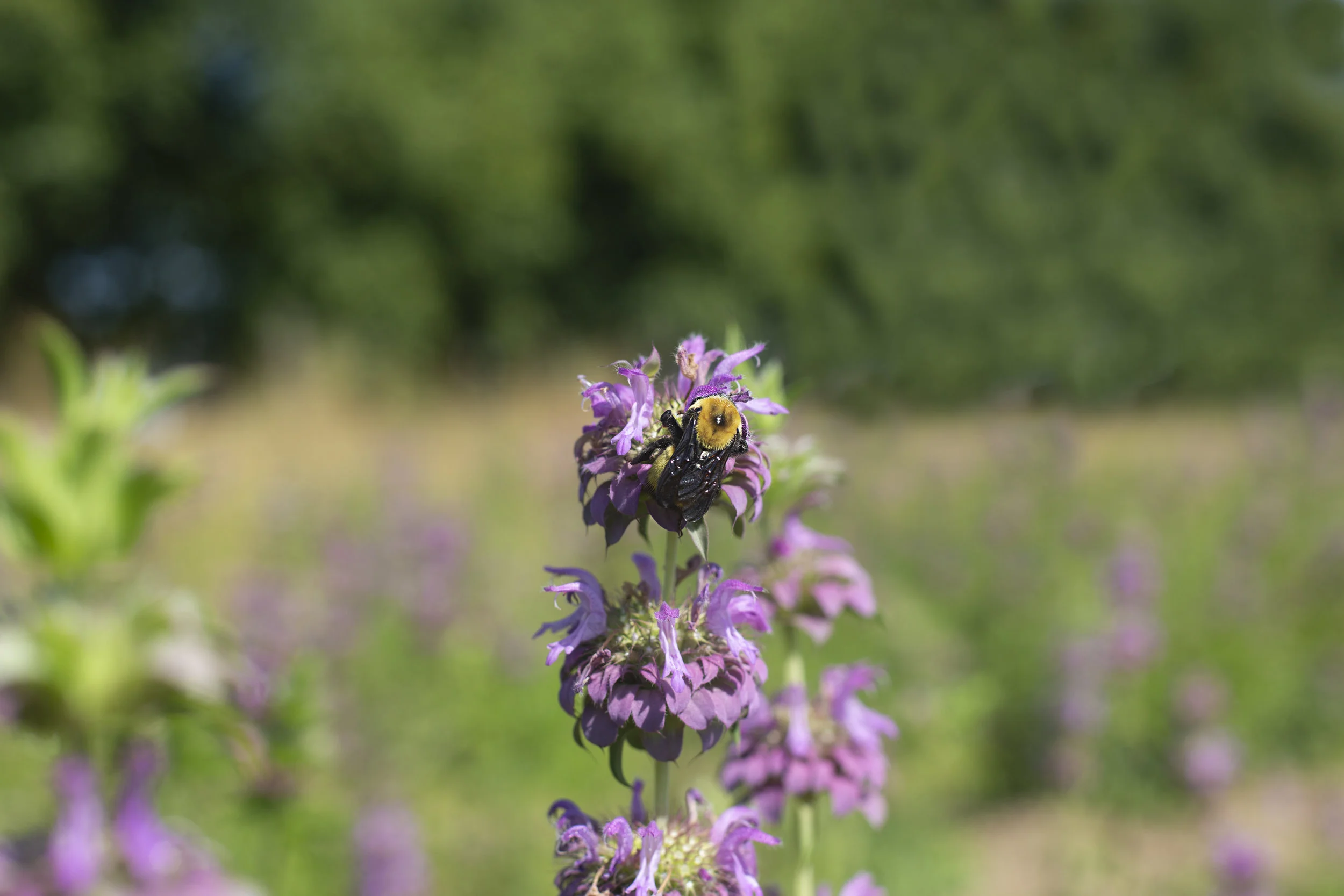BeeHaven Farms
BeeHaven Farms grows seeds and wildflowers with the goal to come to a deeper understanding of Oregon’s bee ecology. Through their three-pronged approach of helping the honeybee, conducting research, and experimenting to increase yield for pollinators on crops like clover, they’re trying to find what works both for Oregon’s bees and Oregon’s farmers.
With their crops, they are uniquely equipped to see what kind of habitat bees respond to the best, while spreading the resulting knowledge – and seeds – to beekeepers and farmers in the region. “This is quite a big project,” says Brian Bowman, who helps operate BeeHaven. “Everybody seems to have an interest in it.”
Crops
Seeds, wildflowers, and bee research
Farmers Markets/Retailers
Seeds, wildflowers, and bee research
Location
Hillsboro, Oregon
Established in
2017
Owned by
Jeremy Bowman with help from his father Brian Bowman
Shelter for orchard mason bees (Osmia lignaria).
WHAT ARE THEY DOING FOR BEES?
In order to research what kind of plants different kinds of bees prefer, BeeHaven devotes 18 of its 32 acres to different habitat including phacelia, globeflower, native meadowfoam, bee balm and more. They also work to plant late-season bloomers and make sure to manually weed and deal with pests on their crops to provide the healthiest pollinator environment.
“We’ve seen enormous bumblebees the size of your thumb. We think it’s possibly the largest bee in the region.” - Jeremy Bowman
They visually evaluate which plants the bees seem to like to most and then grow those seeds for other beekeepers. Passing some Globeflower, Jeremy says that it’s “probably one of the most successful plantings we have done. It started blooming early and it’s still blooming. There are bees after nectar all over right now – in late August.”
In the end, they hope bigger farms will buy their seeds to provide more habitat for bees and increase their pollination and yield. “The ultimate goal is to sell our seeds widely. But we want to sell people the right thing,” Jeremy says.
By creating habitat for bees, BeeHaven farms is able to achieve high yields of quality seed.
meet the farmers
Brian Bowman and his son Jeremy operate BeeHaven Farms. Brian uses his 10 years of beekeeping experience to directly care for BeeHaven’s pollinators. After noticing that leaving honey for bees at the end of the season made them healthier and better able to survive the winter, he started thinking about other ways of optimizing pollinator care, including finding the best plants for them nutritionally and those that provide pollen and nectar late in the season. With a degree in horticulture and experience at nurseries, Jeremy is helping to lead the plant research. “It’s not only learning about the pollinators that come, but also the best way to farm the plants that bring them,” Jeremy says.
Jeremy Bowman and his father Brian Bowman.





